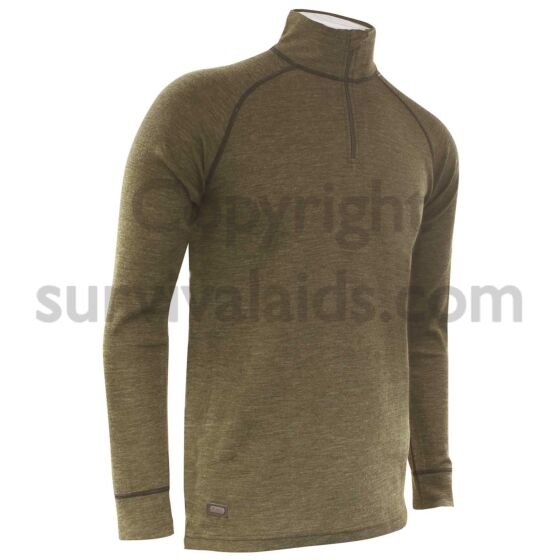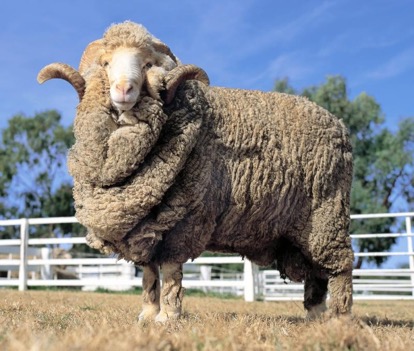Excellent Merino Wool Base Layer Guide
Wiki Article
What Makes Yak Merino Base Layers So Effective For Winter Sports Clothing In Terms Of The Natural Fiber Benefits And Environmental Sustainability?
Renewable and sustainable Yak Merino wool's base layer is highly effective as a winter sportswear not just because it performs well but also due to its fiber's natural advantages.
Yak and merino are both natural fibers derived from animals. These renewable resources can be harvested in a sustainable manner and without harming animals. They can be biodegradable without causing harm to the environment.
Low Environmental Impact
Natural fibers typically have a smaller environmental impact than synthetics. The process of harvesting and cultivating wool is less involving chemicals and less non-renewable materials when compared to synthetic fibers.
Energy Efficiency
The manufacturing of synthetic fibres such as nylon or polyester requires more energy. The process of making natural wool uses less energy, and also reduces carbon emission.
Reduced Microplastic Pollution-
Natural wool fibres do not pollute water bodies with microplastics like synthetic fibers.
Longevity of the product and its Recyclability
The clothes made of yak merino are generally durable and last for a long duration. In addition, wool fibers can be recycled or repurposed, further reducing pollution and waste.
Sustainable Practices
Some wool producers adhere to ethical and sustainable practices. This includes ensuring animal welfare and responsible management of the land. They also guarantee the fairness of labor and working conditions for workers involved in production.
Environmental Certification-
Certifications like the Responsible Wool Standard and the Global Organic Textile Standard verify the ethically and environmentally sustainable practices used to produce wool. This gives consumers assurance of sustainability.
Overall, yak merino wool base layers are in line with sustainability in the environmental sense because they are derived from renewable and natural sources that have little environmental impact when they are produced and often using ethical and sustainable practices in their supply chain. Natural fibers, such as yak wool merino are an excellent option for winter sports clothing that supports responsible consumption and sustainable practices. Take a look at the top rated find product for website examples including wool base layer mens, smartwool thermal underwear, wool layers, best base layer for skiing, merino long underwear, smartwool 1 4 zip, merino wool base layer clearance, best long underwear for skiing, merino thermals, wool thermal base layer and more.

What Are The Advantages To Bamboo Clothing With Regard To Thermal Regulation? Uv Protection. Biodegradability. Environmental Impact.
Bamboo clothing has many advantages in regards to thermal regulation and UV protection.
Bamboo fabric is a great insulation material. It has natural thermal regulation capabilities. It provides warmth and comfort in cold weather while still remaining cool and breathable. It assists in regulating body temperature as it retains the heat in cooler temperatures while also allowing for excessive heat to be prevented when exercising.
UV Protection
Bamboo is naturally impervious to harmful UV radiations. It blocks the majority of ultraviolet rays from the sun. This adds an additional layer of protection when you wear it outdoors.
Biodegradability-
Biodegradable bamboo clothing breaks down organically at the end its lifecycle without leaving harmful remnants. Bamboo clothing also doesn't contribute to the creation of pollution. This helps reduce waste and the environmental impact of discarded clothes.
Environmental Impact-
Bamboo is a highly sustainable raw material. It can grow rapidly and abundantly and without chemical fertilisers. This minimizes the environmental impact of cultivating it. Its fast growth rate is a renewable resource.
Bamboo requires a smaller amount of water when compared with other crops, like cotton. This makes it a more efficient use of water. This aspect contributes towards conservation efforts and reduces the burden on water resources.
Soil Conservation-
Health of the soil - Bamboo cultivation isn't a typical way to reduce soil nutrients or require intensive irrigation. This results in healthier soil conditions.
Carbon Sequestration
Bamboo's carbon absorption capacity is high. Bamboo plants can absorb more carbon dioxide than other species and release more oxygen in the air. This is a benefit in the fight against climate change and carbon emissions.
The benefits of bamboo clothing are its thermal control as well as UV protection, and biodegradability. It's an excellent option for those seeking sustainable clothes. These characteristics are compatible with environmental mindful practices and offer advantages to the environment as well as wearers. See the most popular next page for bamboo clothings for more recommendations including clothes made from bamboo fiber, boody bamboo underwear, freefly summer hoodies, short bamboo, bamboo pants womens, bamboo pants, bamboo bed clothes, bamboo tank tops, bamboo leggings, mens bamboo boxer shorts and more.

How Do Merino Layers And Bamboo Clothes Differ From Regular Wool?
Merino Wool Bamboo Clothing, Merino Wool, and Regular Wool are distinguished by distinct characteristics that make them distinct.
Merino's soft, silky fibers make it soft against your skin. It is less likely to cause irritation or itch than traditional wool.
Merino Wool is a Moisture Wicking. Merino wool wicks moisture off the skin and allows it to evaporate, and to keep the wearer comfortable and dry.
Merino wool is exceptionally warm even when it's wet. It regulates body temperature, offering warmth in cold temperatures and breathability to prevent overheating during activity.
Odor Resistance - It's a natural anti-bacterial agent that inhibits bacteria growth making clothing fresh and smells good even after prolonged wear.
Bamboo Clothing
The softness. Bamboo clothes are often described as having the same feel as cashmere and silk. It's soft on the skin and provides a luxurious wearing experience.
Bamboo fabric is a moisture wicker, which means it draws away moisture from your skin and keeps your body dry during exercise.
Temperature Regulation- Bamboo clothing has natural temperature-regulating abilities, offering warmth in winter and breathability to prevent overheating.
Sustainability Bamboo is a renewable resource which is renewable and it grows quickly, without the use of pesticides. It is biodegradable and has a low environmental impact.
Wool Regular
Texture The texture of wool can be different Some are coarser than others and more likely to trigger itching or discomfort.
Warmth - Wool provides great insulation and warmth, however it also feels bulky.
Moisture Absorption - Wool can absorb water, which makes it less effective in wicking moisture as bamboo and merino. It is still warm even when it is damp.
Merino wool is soft, has exceptional moisture-wicking properties, resists odors, and provides insulation. Bamboo clothing is supple, has moisture-wicking capabilities, regulates temperature, and is environmentally friendly. Wool comes in many textures and does not always provide the same softness or water-wicking capabilities as bamboo and Merino, however it still provides warmth and insulation. Each material is unique and caters to different winter clothing preferences. Follow the top rated bamboo winter clothing tips for site advice including sitka base layers, merino base layer cycling, merino wool thermals, ski thermals, warmest base layer for skiing, merino wool ski base layer, smartwool merino 250 bottoms, heavyweight merino wool base layer, smartwool 250 women's, smartwool merino 250 and more.
